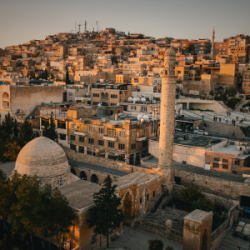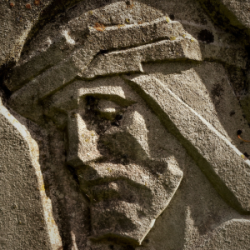Welcome readers! Please subscribe through the button on the right.
(Read this series from its beginning here.)

Our most cherished and sacred Jesus story begins and persists on the margins, on the edges, or in less centered social settings. Not only was Judea a marginalized region of the Roman empire, but the narrative placing John’s itinerant ministry outside the synagogues is a hint that readers or listeners should look toward the margins. For this itinerant ministry to be further located in Galilee, an even more marginalized region for already marginalized Jewish people within the Roman empire, makes Jesus and John’s ministry thrice-located on the margins compared to the urban institutions of their society.
From this narrative point, we learn that restoration, liberation, and life-giving transformations toward a more just world come from marginalized social locations in our societies. Change comes from the bottom up and outside in. To put it in our language today, change begins with the grassroots.
Another thing that strikes me about our reading this week is John’s no-nonsense, offensively blunt comments to the Pharisees and Sadducees who showed up to see what he was up to. It was a callout, but I want to steer clear of Christian antisemitic interpretations here. John the Baptist was Jewish. He was not trying to begin a new religion or rejecting his Judaism. John’s movement was about the renewal, restoration, and liberation of his fellow Jews, not about replacing them with a new people.
John’s attack of Pharisees and Sadducees in this story was not religious as we would understand it in our culture, but it was very much political. Remember, the Pharisees and Sadducees were powerful political parties in John’s society that not only competed with one another for political power, but also were complicit with Roman imperialism and Rome’s colonization of Judea, Galilee, and other small, rural communities across the region. Both Jesus’ and John’s movements were rural movements, not urban. Only at the end of his life did Jesus set his sights on Jerusalem and the economic injustices centered in the Temple state there.
Thus, the wilderness location of John’s ministry was also associated with his practice of a Judaism that rejected complicity with the Roman empire and contrasted with urban institutions including Herod’s family’s reign in Judea and the Temple state seated in Jerusalem.
John the Baptist was part of a Jewish liberation and reformation movement.
We’ll discuss how this might relate to our justice work today, next.
(Read Part 3)













